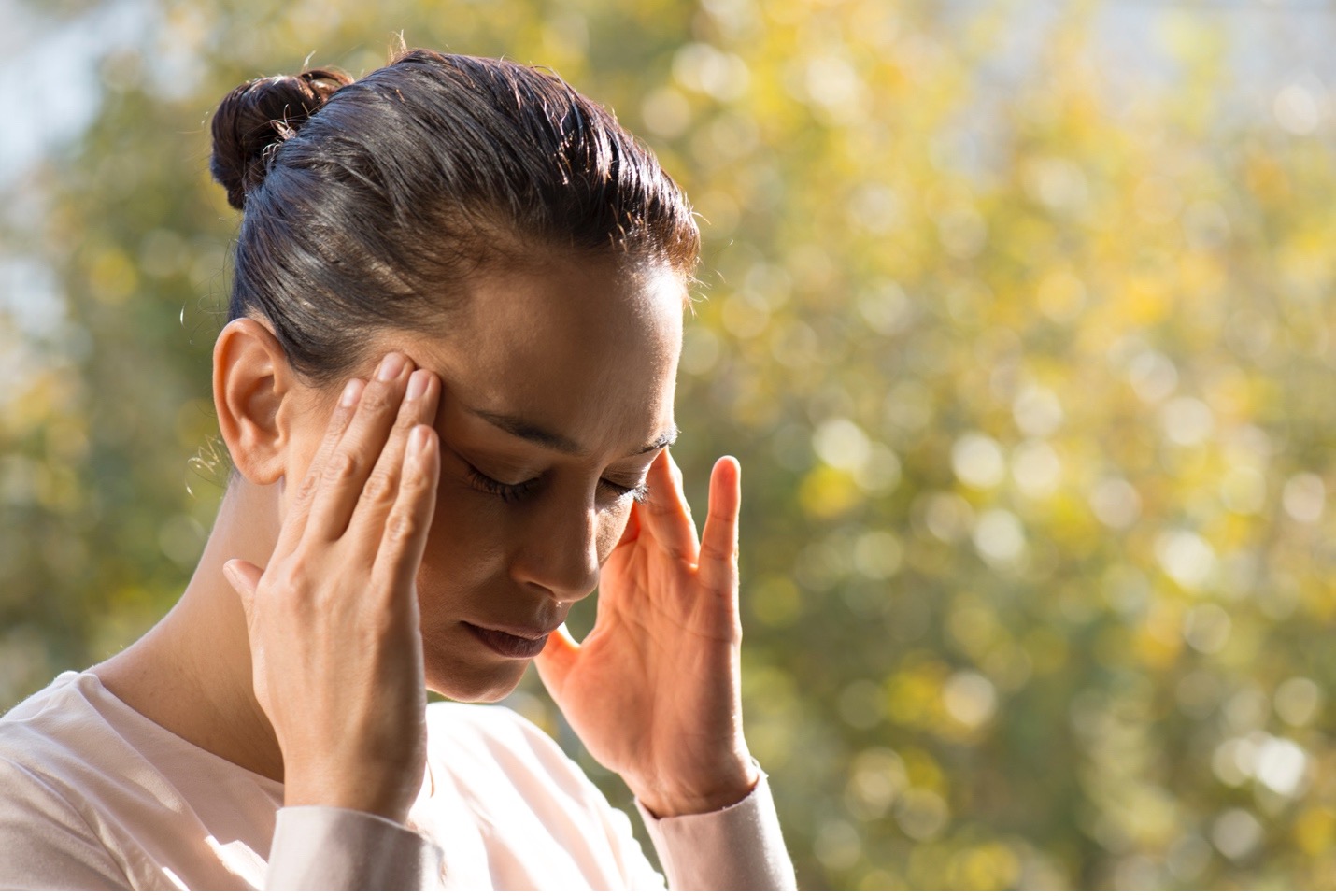The Naturopathic Guide to Chronic Migraines
 Posted at Oct 2022
Posted at Oct 2022

The Naturopathic Guide to Chronic Migraines
The Naturopathic Guide to Chronic Migraines
It’s a common misconception that migraines are simply severe headaches. Most of us have experienced a headache at one point or another, but until you experience a true migraine, it can be difficult to understand how debilitating they can be.
Migraines are typically recurrent and can hinder a person’s ability to function. There are two main classifications of migraines: classic and common. A classic migraine lasts 2-24 hours and is associated with an aura, or some type of sign or warning that a migraine is coming. This could be in the form of a visual or neurological experience. A common migraine lasts 4-73 hours and occurs without an aura.
With a migraine comes disabling symptoms
Women are three times more likely than men to experience a migraine, and many have a family history of repeated migraines. According the Migraine Trust, migraines are the 3rd most prevalent illness in the world and the 6th most disabling illness in the world. They come with severe neurological symptoms, including:
- Unilateral (one-sided) pain
- Frontotemporal (behind eyes, ears) pain
- Throbbing feeling
- Nausea/vomiting
- Photophobia (sensitivity to light)
- Phonophobia (sensitivity to sounds)
- Low energy/brain fog
- Irritability
Prescription medications are typically first line treatment when it comes to migraines. There are several different types that are used to treat migraines – some that fall into the prophylactic category and others that can be used when the migraine occurs. However, every patient can have different migraine triggers and once those are identified, lifestyle changes can help prevent migraine onset altogether.
Food can be at fault
There are several common food triggers linked to migraine onset but they are not always the same for each individual. That’s why it is recommended to do an elimination diet to figure out exactly which foods are triggering to you. An elimination diet can consist of starting out by taking away common trigger foods and then reintroduces those foods one at a time to find out when migraine symptoms occur. When it is challenging to distinguish foods or migraines do not improve when taking away the common food triggers, a food sensitivity test can be used to identify individual food triggers.
Common dietary triggers include:
- Alcohol
- Caffeine (too much or withdrawal)
- Chocolate
- Aspartame
- Monosodium glutamate (MSG)
- Fruit – citrus, bananas, avocados, and dried fruit
- Nuts
- Gluten and wheat
- Tyramine-containing foods (ages cheese/meat, pickled food, yeast, vinegar)
Hormones play a role too
Hormonal fluctuations are another common migraine trigger, especially for women. These most often occur right before or during menses. When we suspect a hormonal imbalance may be at play, we perform hormonal testing to identify the imbalance, which can inform how we might treat the imbalance and prevent the onset of menstrual migraines.
One such treatment is the administration of vitamin E. In a 2009 double-blind placebo-controlled study, women were given 400 IU of vitamin E prophylactically for their menstrual migraines. Each participant took the 400 IU vitamin E dose 2 days before to 3 days after their menstrual period and experienced an improvement compared to the placebo group. The study concluded that 67 participants saw statistically significant reductions in “pain severity, functional disability, and ibuprofen consumption in both treatment methods, but the magnitude of the reduction was significantly greater in the vitamin E treatment group than in the placebo group.” It was also shown that vitamin E “was superior to placebo regarding photophobia, phonophobia, and nausea in the women with [menstrual migraines].”
Naturopathic treatments for migraines
Naturopathic medicine can be incredibly effective at preventing and treating chronic migraines. Once a patient’s diet and lifestyle factors are addressed, there are several botanicals and nutraceuticals that are effective for treating migraines.
The botanical feverfew, also known as Tanacetum partenium, is a superstar when it comes to migraine prevention. Research shows that regularly taking feverfew reduces the frequency of migraine headaches. Another powerful botanical treatment is butterbur, or Petaside hybridus. Research has also shown it to be effective at reducing the frequency of migraines, however, it can result in liver damage if not administered properly. Therefore, it is important that you consult a doctor before self-treating with butterbur.
Nutraceutical treatments include magnesium, riboflavin, and coenzyme Q10 (CoQ10). Magnesium can be found in greens, nuts, seeds, and grains, and when regularly taken as a supplement, can reduce the frequency of migraines and menstrual migraines. Riboflavin (vitamin B2) has also been shown to reduce migraine frequency when taken regularly. CoQ10 is an antioxidant that can also have a positive effect on migraine prevention and reduce the duration and pain of migraine headaches. It also greatly benefits the cardiovascular system as well as the mitochondria.
In addition to these naturopathic modalities, it is important to schedule a physical evaluation with your primary care provider to make sure your whole body is being treated since migraines are a manifestation of your entire systemic health.
At Spark Health, we are on a mission to end your chronic headaches. If you are living with migraines, there is no time like the present to book a consultation with one of our naturopathic doctors for a personalized assessment and treatment plan. Located in Solana Beach in San Diego County, CA, Spark Health holistic healthcare clinic takes a collaborative approach to natural medicine, partnering with patients to help them achieve their unique health and wellness goals. Contact us to book a consultation!
Article written by Dr. Christina Bradshaw, ND













